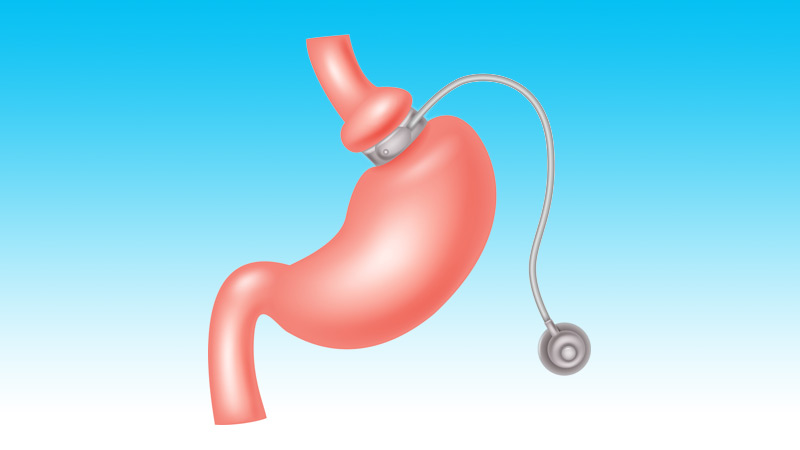What is Banding?
As a medical procedure, banding is the use of elastic bands to apply pressure and constrict, or tie off, parts of the body such as bleeding hemorrhoid or esophageal varix. Banding, also called rubber band ligation, can be used to stop bleeding elsewhere in the body, too, as in the case that it is used to treat esophageal varices. The idea behind banding is that cutting off the blood flow will allow diseased or excess tissue to die away and basically fall off the body without needing to make surgical incisions. Rarely, banding is also used to restrict some organ function without letting the organ tissue die, as in the case of gastric banding for morbidly obese patients. gastric banding involves reducing the capacity of the stomach so that a patient feels full quickly, before eating too much.

Can Banding Treat Hemorrhoids?
Rubber band ligation is a commonly performed procedure to treat internal hemorrhoids, as it is supposed to be less painful than surgical treatment of hemorrhoids. Patients are also said to recover more quickly on average, although the overall success rate of banding as a hemorrhoid treatment is only moderate. Antibiotics are usually necessary before and after the procedure, to protect the patient’s immune system from weakening while the band is in place.
During a rubber band ligation procedure, the doctor will use forceps and a tool called a proctoscope, inserted through the patient’s anus, to wrap a small elastic band tightly around the base of a hemorrhoid. The band constricting the hemorrhoid will be left there until the hemorrhoid, now lacking blood supply, shrinks and dies away, eventually falling off when the patient passes stool. Banding treatment for hemorrhoids usually takes within a week to complete, depending on how large the hemorrhoid is.
